As a travel writer working across Southern and East Africa, I have been lucky enough to do a pretty exhaustive amount of safari over the years. My list includes African heavyweights such as the unique moon-like expanse of Etosha National Park in Namibia, the vast Kruger National Park in South Africa and the incredible Masai Mara in Kenya.
Over the course of these trips, and others, I have seen pretty much all of Africa’s most revered wildlife, and a lot of its lesser known offerings too. Lots of times. It has sometimes got to the point where I have caught myself looking at, say, a zebra, or even a rhino, as if it was of little more interest than a cow. Nowadays I have to almost actively remind myself not to get complacent or spoilt at times.
So you get the picture. Like I said, I have been incredibly lucky. However, throughout all my time in Africa, until a recent trip to Pilanesberg National Park, there was one particular animal that had somehow consistently managed to elude me and in so doing left a gaping hole in my personal Big 5 package. This missing piece of the puzzle was the notoriously elusive leopard.
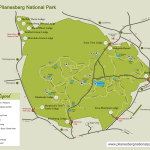 Pilanesberg, though a relatively small park, is home to all of Africa’s Big 5; most can be found and easily spotted in fairly large numbers relative to the park’s size. But there are only a few leopard in the park and sightings are, predictably, less common and require a lot of luck or a lot of time and vigilance, or a combination of the two. So, visiting in late November with the grass and vegetation in the park starting to get longer and more dense as the wetter months set in, I tried not to get my hopes up and was happy to enjoy the majestic rolling hills of Pilanesberg and any other wildlife that might appear.
Pilanesberg, though a relatively small park, is home to all of Africa’s Big 5; most can be found and easily spotted in fairly large numbers relative to the park’s size. But there are only a few leopard in the park and sightings are, predictably, less common and require a lot of luck or a lot of time and vigilance, or a combination of the two. So, visiting in late November with the grass and vegetation in the park starting to get longer and more dense as the wetter months set in, I tried not to get my hopes up and was happy to enjoy the majestic rolling hills of Pilanesberg and any other wildlife that might appear.
On our first couple of days in the park, rhino and elephant sightings were frequent; there were also a couple of fleeting lion sightings and on day two we saw buffalo across the plains a little way off the tracks. But no leopard. Then with just an hour to go before the gates closed on our final day, we passed a ranger in the quieter western reaches of the park who stopped alongside our vehicle and told us that he had just seen a male leopard known in the park as DJ lying on top of a rocky outcrop a few hundred metres further along. No other vehicles were there yet. We sped on in a cloud of dust before he had even finished what he was saying. My heart was racing.
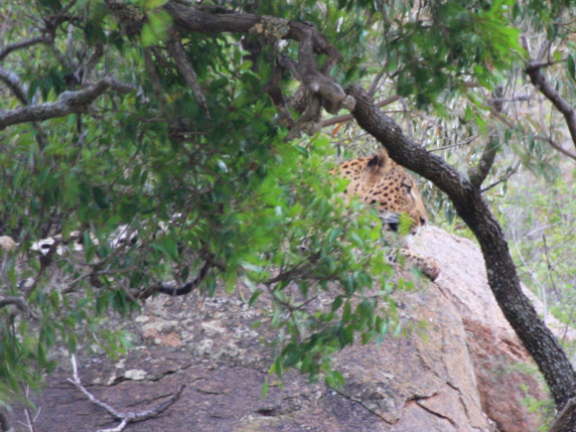
About 5 minutes later, after a fair bit of scouring and fighting with my entourage over which of the many rocky outcrops best fitted the ranger’s description, we found what we were looking for. Above us, DJ lay with his body stretched out, his chest rising and falling with each breath as he tried to cool down. He was looking straight at us nonchalantly. He was beautiful, even more so than I had expected, and for a couple of minutes before the droves of other vehicles turned up to get a look, we had him all to ourselves. Sadly, the trees that were shading him and obscuring parts of his body made getting a good photo tricky, but I didn’t really care. Just seeing him was enough. It made what had already been a wonderful safari trip the most memorable of my life so far.
Chris Clark (visit his site http://www.cawclark.com/)
Do you also have an experience that you would like to share? Send us your story or leave a comment below.

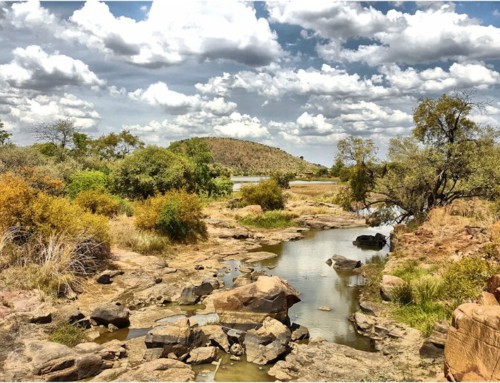
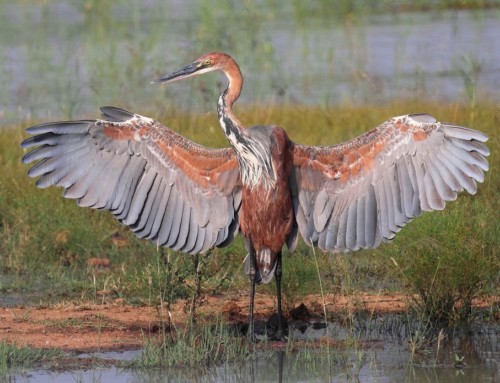
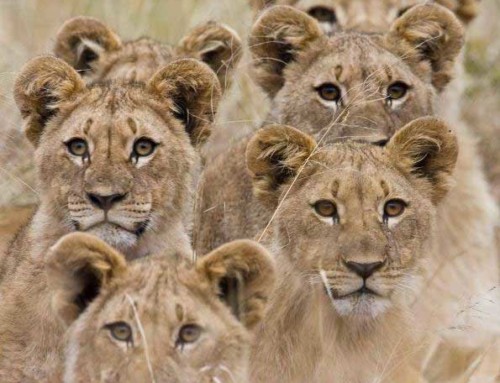
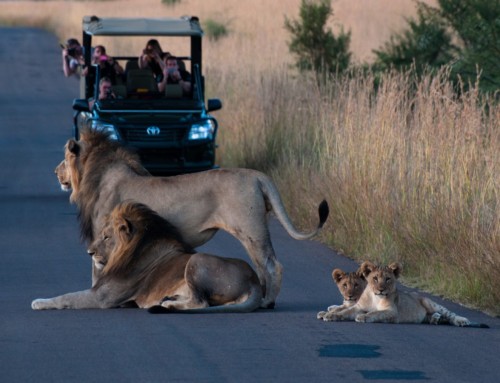
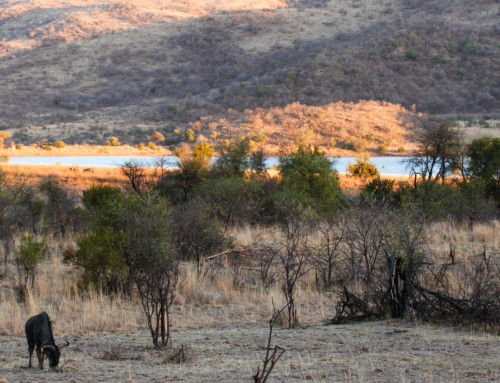
I would love to see a list of the Leopards names in the Pilanesberg…a lot of them have been identified by name …some in English , other with Tswana names .
And their known liar districts please …
Alexander John Purves
Hi Alexander
We do not have that kind of information, but you can contact our administrative department here.